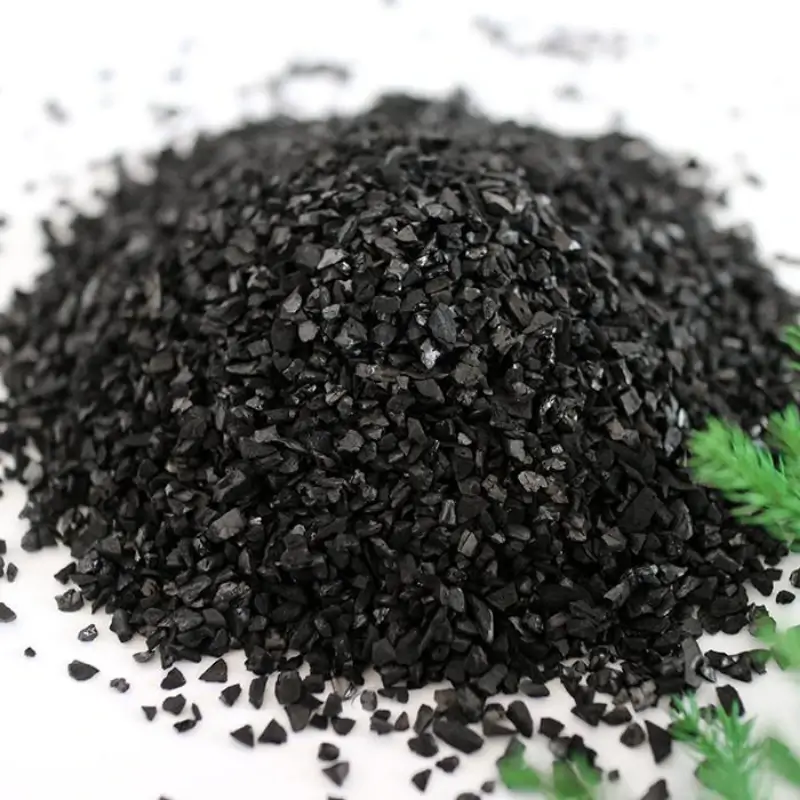
Columnar activated carbon coconut shell activated carbon honeycomb activated carbon
Activated carbon, a potent material acclaimed for its remarkable adsorption capabilities, has consistently proven itself indispensable across myriad industries. Its prowess lies in its unique ability to trap and neutralize impurities, making it an integral component in numerous filtration and purification systems. Unpacking the intricacies of activated carbon reveals a fascinating blend of science, engineering, and health benefits.

At its core, activated carbon is a form of carbon processed to have small, low-volume pores that increase the surface area available for adsorption or chemical reactions. The effectiveness of activated carbon is predicated on this vast surface area-to-volume ratio, which facilitates the binding of vast quantities of molecules per unit weight. Scientific expertise has shown that this characteristic makes activated carbon highly desirable for purifying water, air, and various chemical solutions.
One of the standout applications of activated carbon is in water purification. By removing harmful chemicals, toxins, and undesirable tastes and odors, activated carbon significantly enhances the quality of drinking water. Its ability to eliminate chlorine, a common disinfectant in municipal water supplies, has revolutionized how households approach water filtration. Individuals with firsthand experience in utilizing activated carbon filters in their homes can attest to the noticeable improvement in water taste and safety, cementing its reputation for trustworthiness and reliability.

In the realm of air purification, activated carbon shines equally bright. It plays a pivotal role in capturing volatile organic compounds (VOCs), gaseous pollutants, and even odors from the air we breathe. This quality is particularly essential in industrial settings where air quality control is paramount for both regulatory compliance and the health of workers. Professionals in environmental engineering vouch for its effectiveness in mitigating air pollution, underscoring its authority in ensuring breathable, clean air.
activated carbon
Industrially, activated carbon is a staple in gold purification, waste management, and even in the pharmaceutical industry. Its versatility extends to medicine, where it is employed to treat poisonings and overdoses by absorbing drugs and toxins within the gastrointestinal tract—a testament to its authoritative role in emergency medicine and toxicology.
For businesses and manufacturers looking to harness activated carbon's capabilities, understanding the types and grades available is crucial. Granular activated carbon (GAC) and powdered activated carbon (PAC) are two popular forms, each suited to different applications. GAC is advantageous in water and air filtration systems, offering durability and reusability, while PAC is ideal for applications requiring rapid adsorption due to its fine particle size.
With ongoing advancements in technology and environmental science, the demand for activated carbon continues to surge. Innovations in its production, such as the use of sustainable raw materials and enhancements in activation techniques, demonstrate the commitment to improving its environmental footprint while maintaining its high performance.
In conclusion, activated carbon is a cornerstone of modern purification technologies, underpinned by a legacy of empirical success and scientific endorsement. Its unmatched ability to cleanse and purify, supported by extensive research and documented real-world applications, positions it as a material of authority and trustworthiness, indispensable in today's quest for a cleaner and safer environment.
Share
-
Premium Pigment Supplier Custom Solutions & Bulk OrdersNewsMay.30,2025
-
Top China Slag Fly Ash Manufacturer OEM Factory SolutionsNewsMay.30,2025
-
Natural Lava Rock & Pumice for Landscaping Durable Volcanic SolutionsNewsMay.30,2025
-
Custom Micro Silica Fume Powder Manufacturers High-Purity SolutionsNewsMay.29,2025
-
Custom Mica Powder Pigment Manufacturers Vibrant Colors & Bulk OrdersNewsMay.29,2025
-
Custom Micro Silica Fume Powder Manufacturers Premium QualityNewsMay.29,2025






